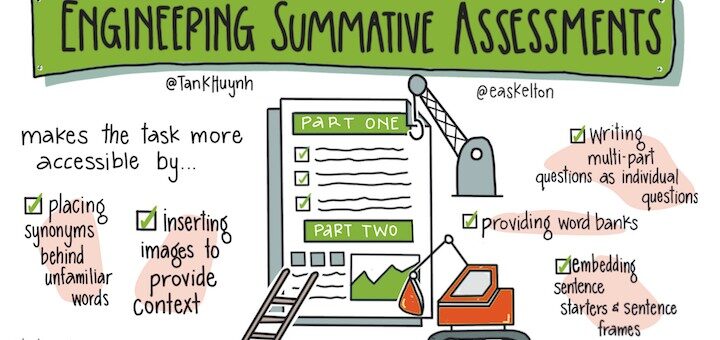Teaching and learning in grades 4-8
As we close the 2022-23 school year many educators are asking, “How do we reset the positivity and passion we once had in our profession?” It’s a good question, writes educator and speaker Dr. Debbie Silver, author of Deliberate Optimism. She shares four rallying principles.
Author and literacy consultant Patty McGee offers a minimalist alternative to heavy correction that provides an engaging, motivating, and meaningful approach to writing conferences. Try McGee’s three moves: choose a focus, name a writer’s strength, and suggest a next step.
Author Thomas Hébert recommends K-12 books he believes can help gifted students develop SEL skills. Vignettes from six classrooms demonstrate ways to use text selections effectively. Reviewer Amy Estersohn found the book’s appendix of 160+ suggested texts most valuable.
Teachers want to create a space for their students to speak with authenticity and agency, writes author and English teacher Marilyn Pryle. She and 7th grade teacher Sharon Ratliff share ways to use Pryle’s Reading Responses strategy to deepen student thinking about literature.
Content-based exams should gauge understanding of discipline-specific skills and concepts. But for many multilingual students exams are a reading and writing test in disguise. Language specialists Tan Huynh and Beth Skelton show how we can engineer justice into the assessment of MLs.
What makes our lessons memorable? Looking into semantic, episodic, emotional, procedural and automatic memory, teaching consultant Marilee Sprenger shares ways to engage students’ long-term storage systems so that memories take hold. Start with visuals and play based learning!
Mentor Texts That Multitask by Pam Koutrakos is a perfect ELA resource for working smarter, not harder. It leads readers through the why, what and how of using mentor texts to design flexible, integrated, multifaceted literacy learning – and includes free online resources.
When our students are struggling with anxiety, they need support in developing strategies to help break down their problems. Chunking a problem and examining possible options can help make it feel more manageable. School psychologist Katelyn Oellerich shares some examples.
If you are an educator trying to explore what AI can do without becoming overwhelmed, edtech expert Shawn McCusker recommends you start small. Jot down some questions or topics to explore. These might include academic integrity, lesson design, or how AI can save precious time.
Williamson and Blackburn highlight four good reasons to be optimistic about the future of America’s public schools. Community approval is the highest in nearly 50 years; teachers are better prepared for the future, and the resilience of public educators remains remarkable.







































